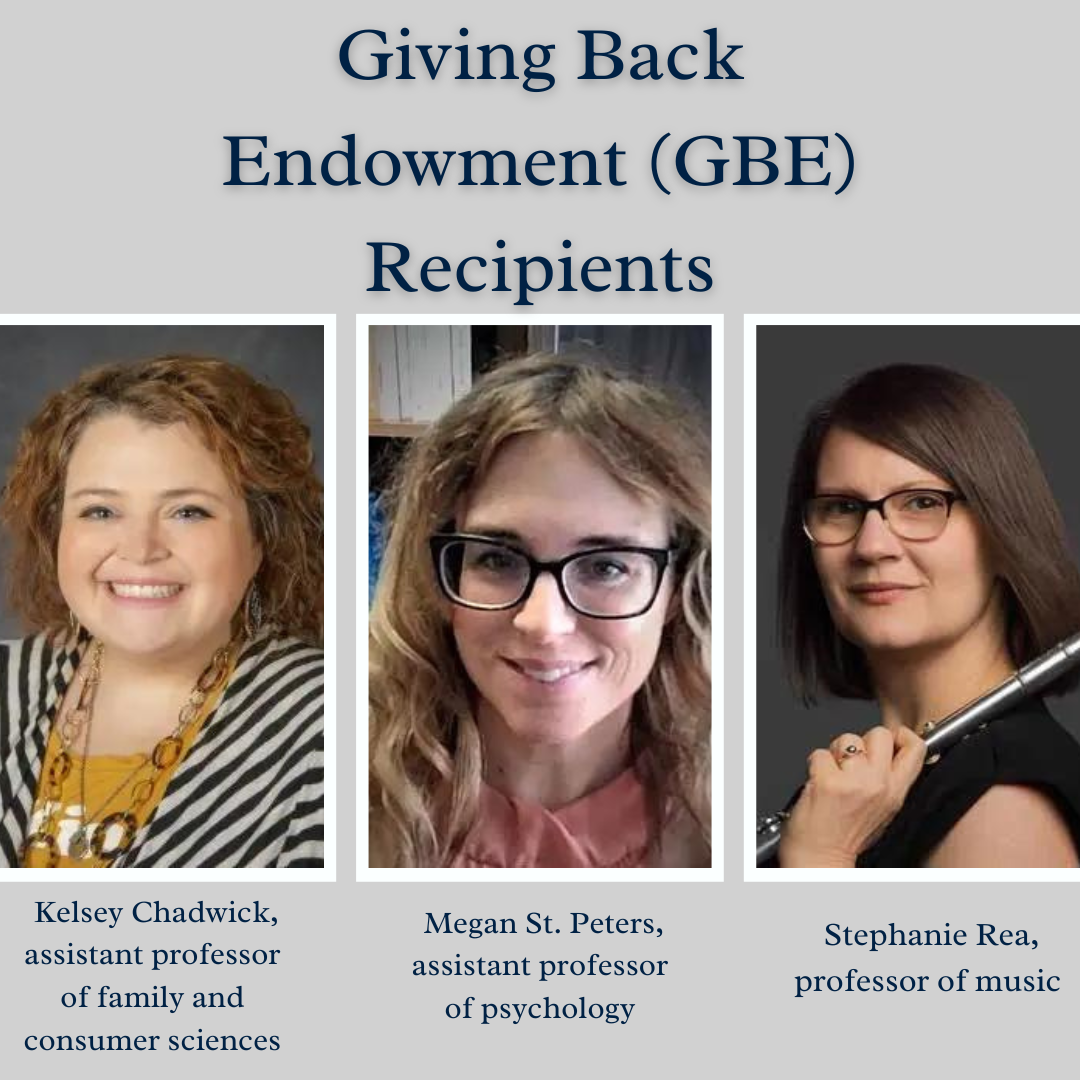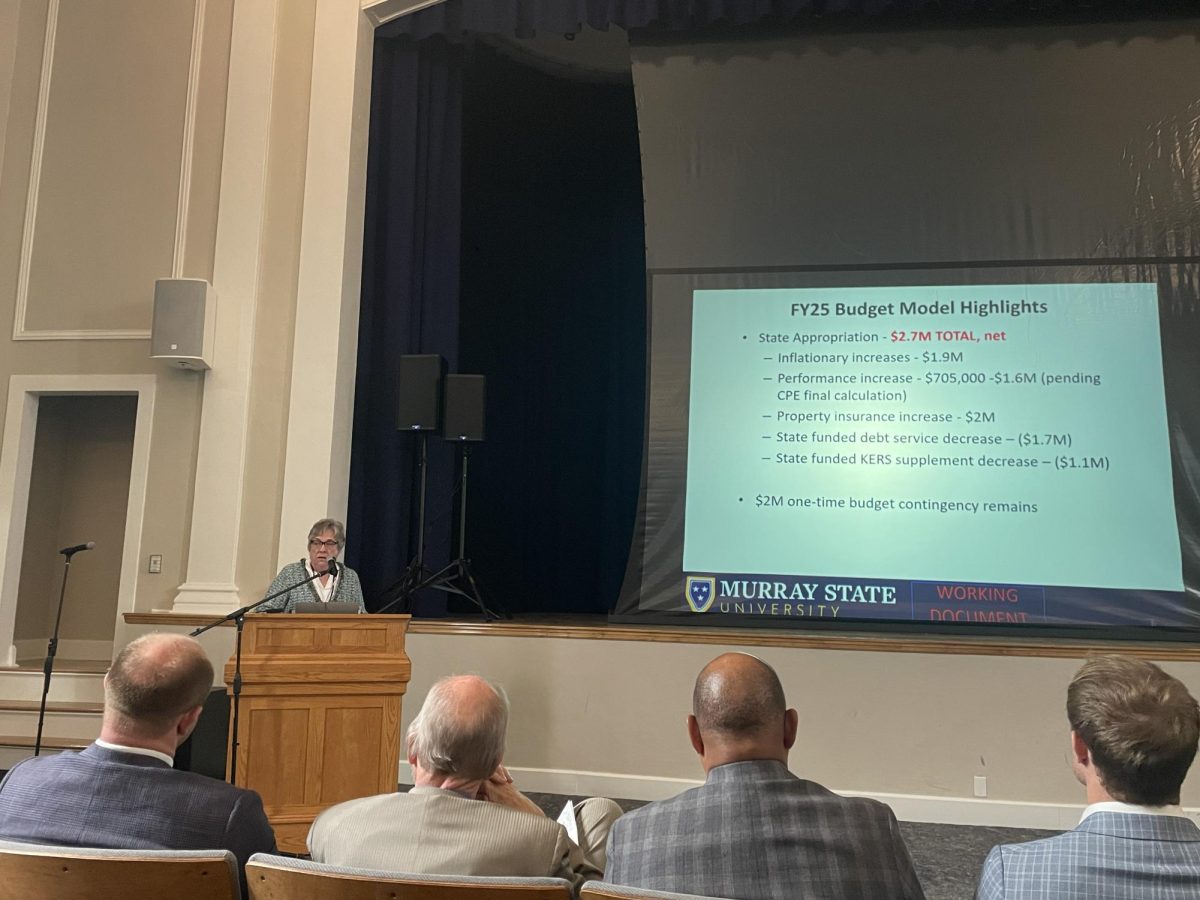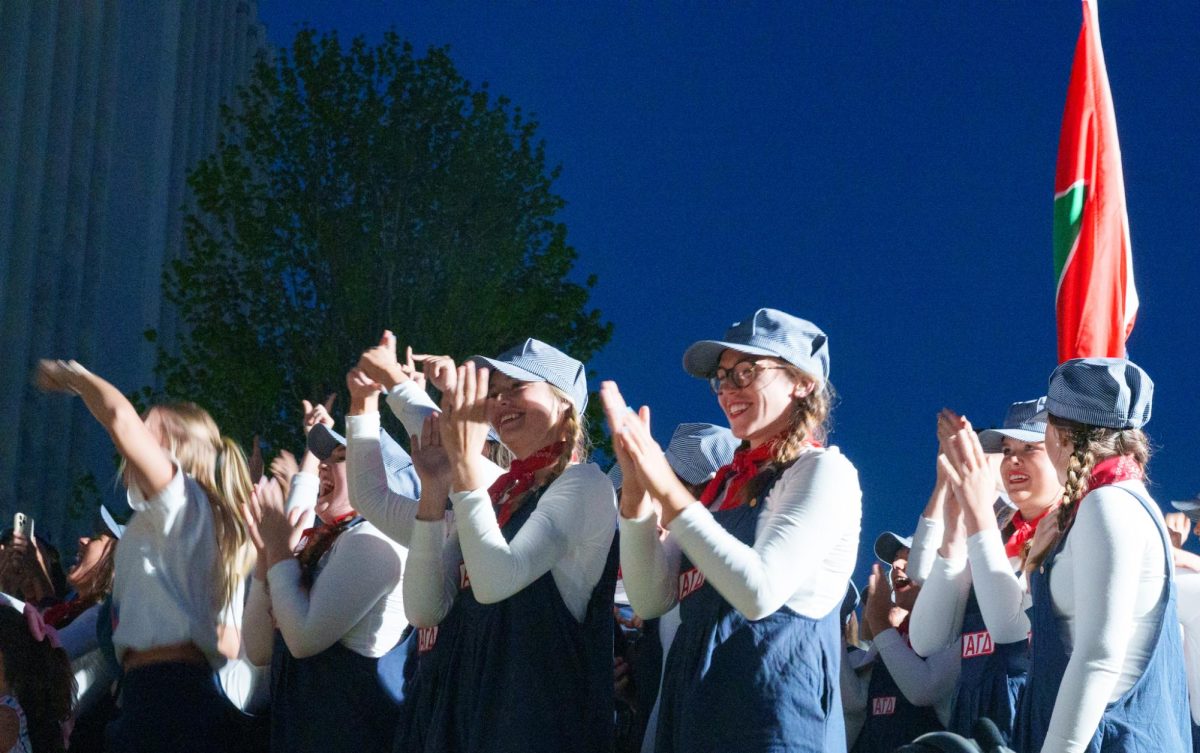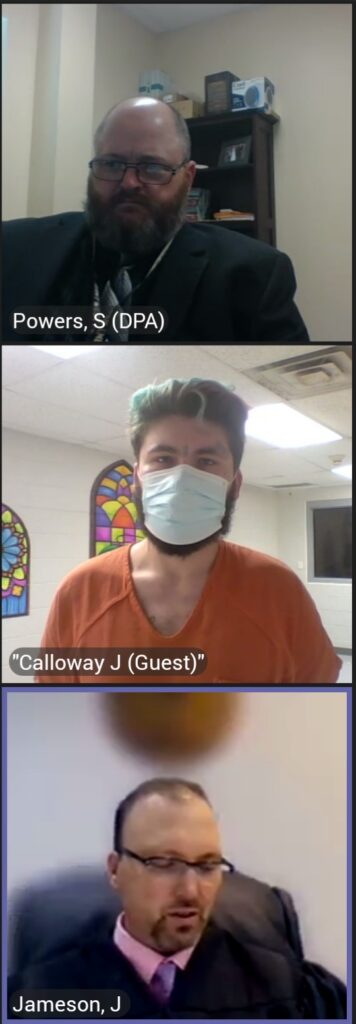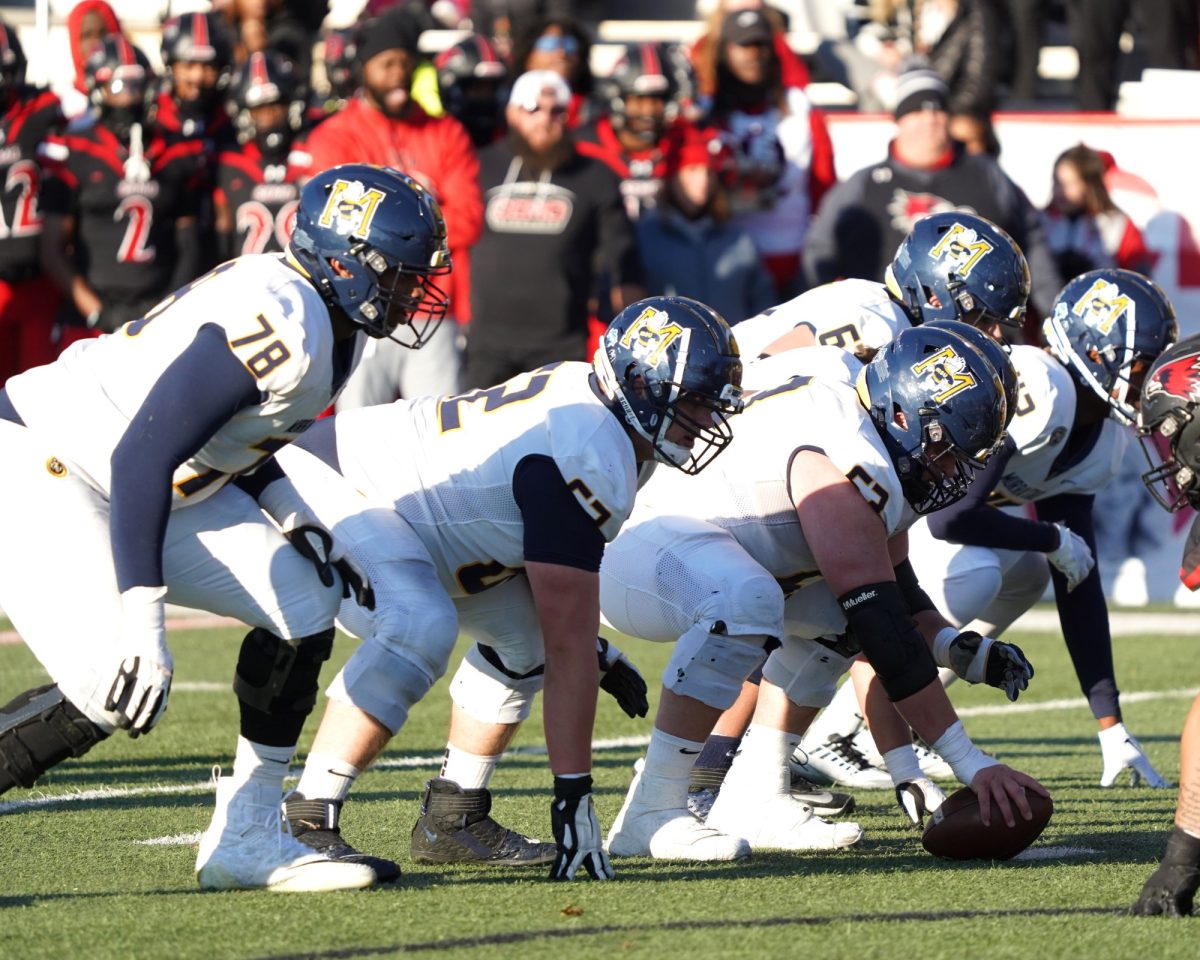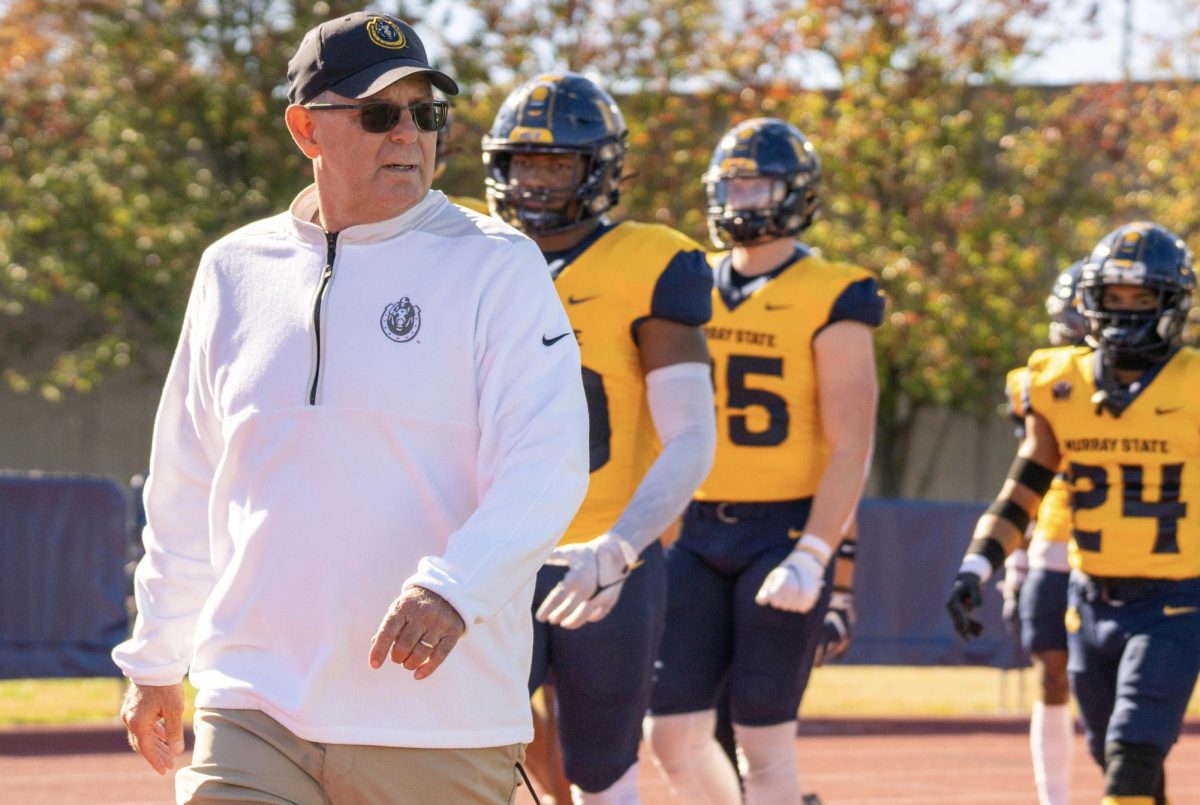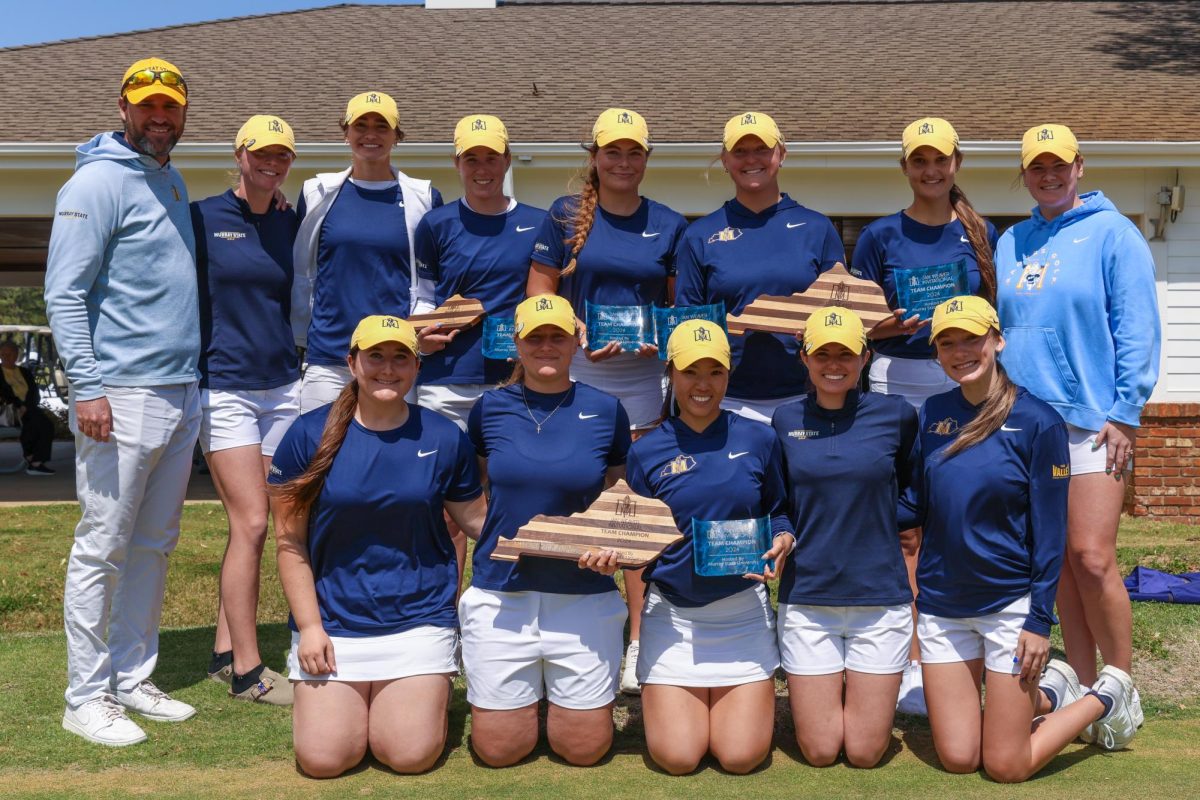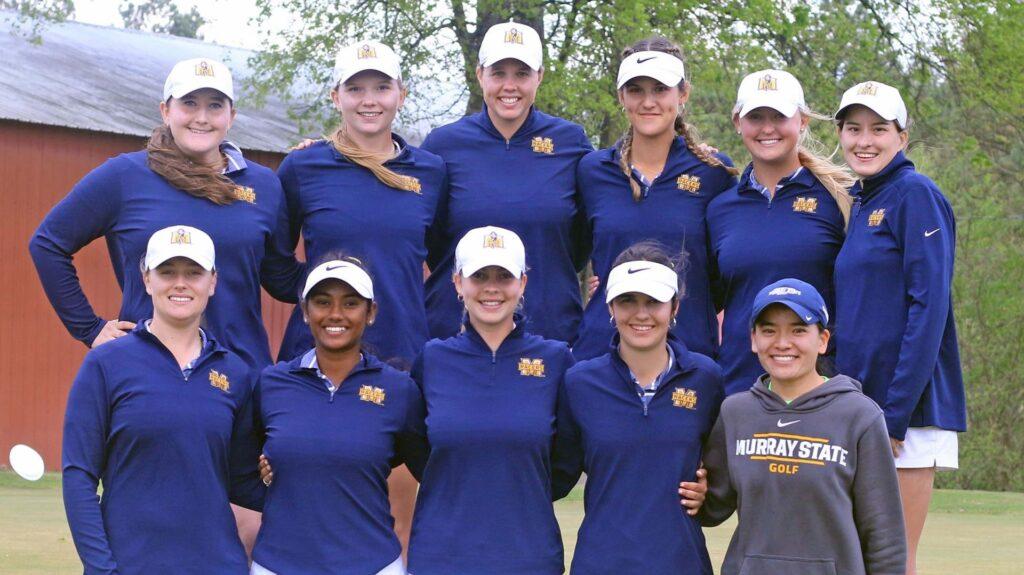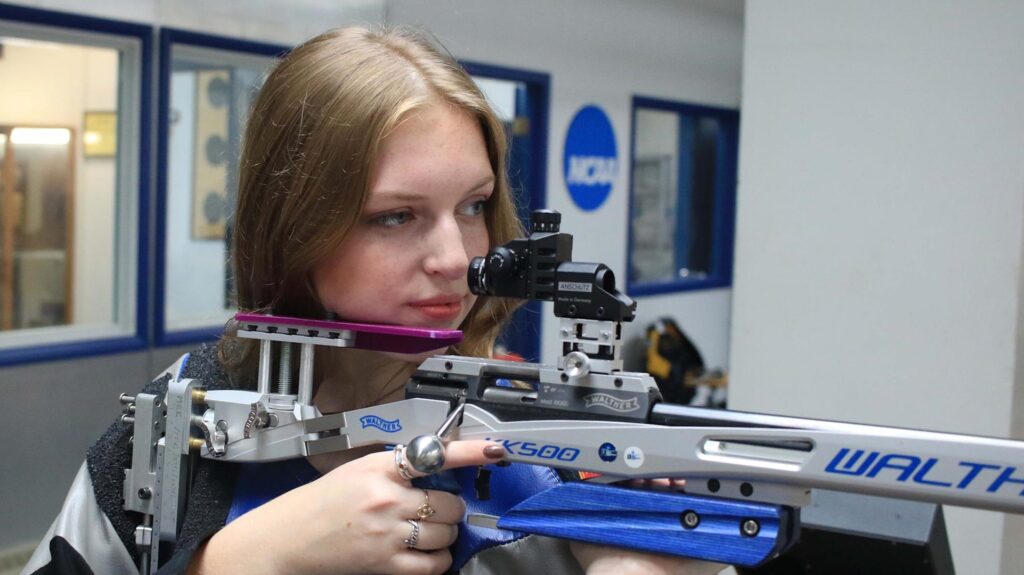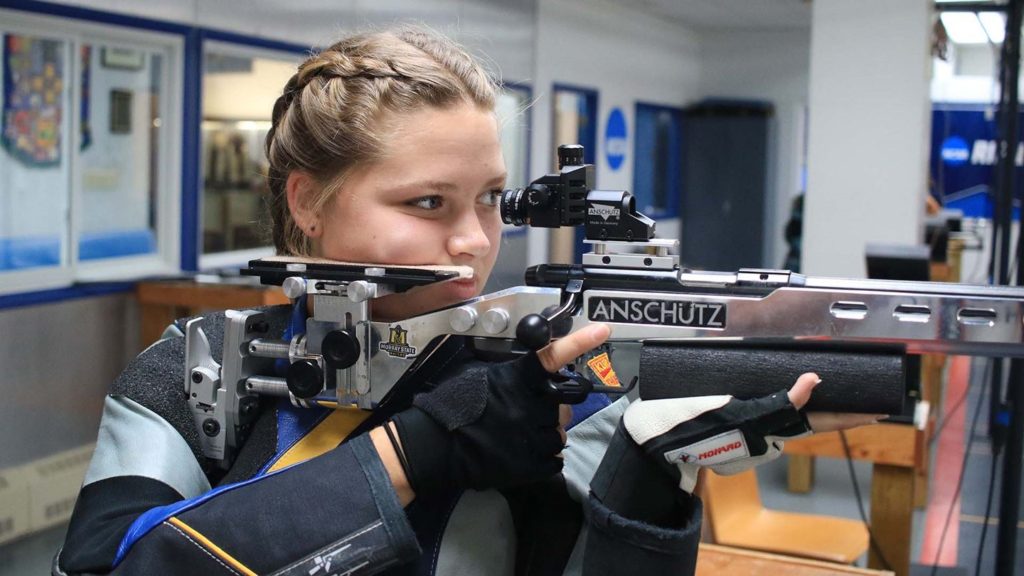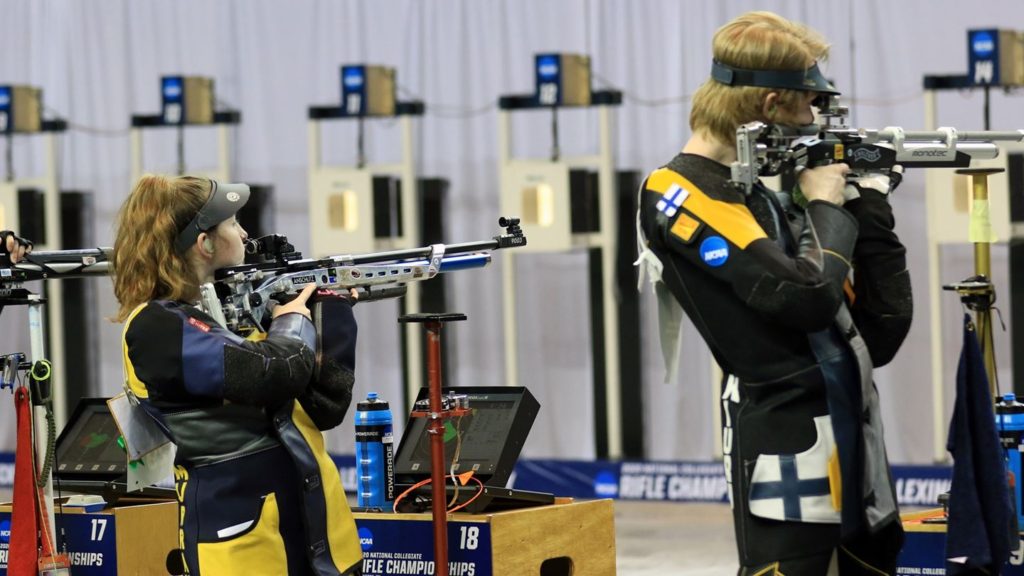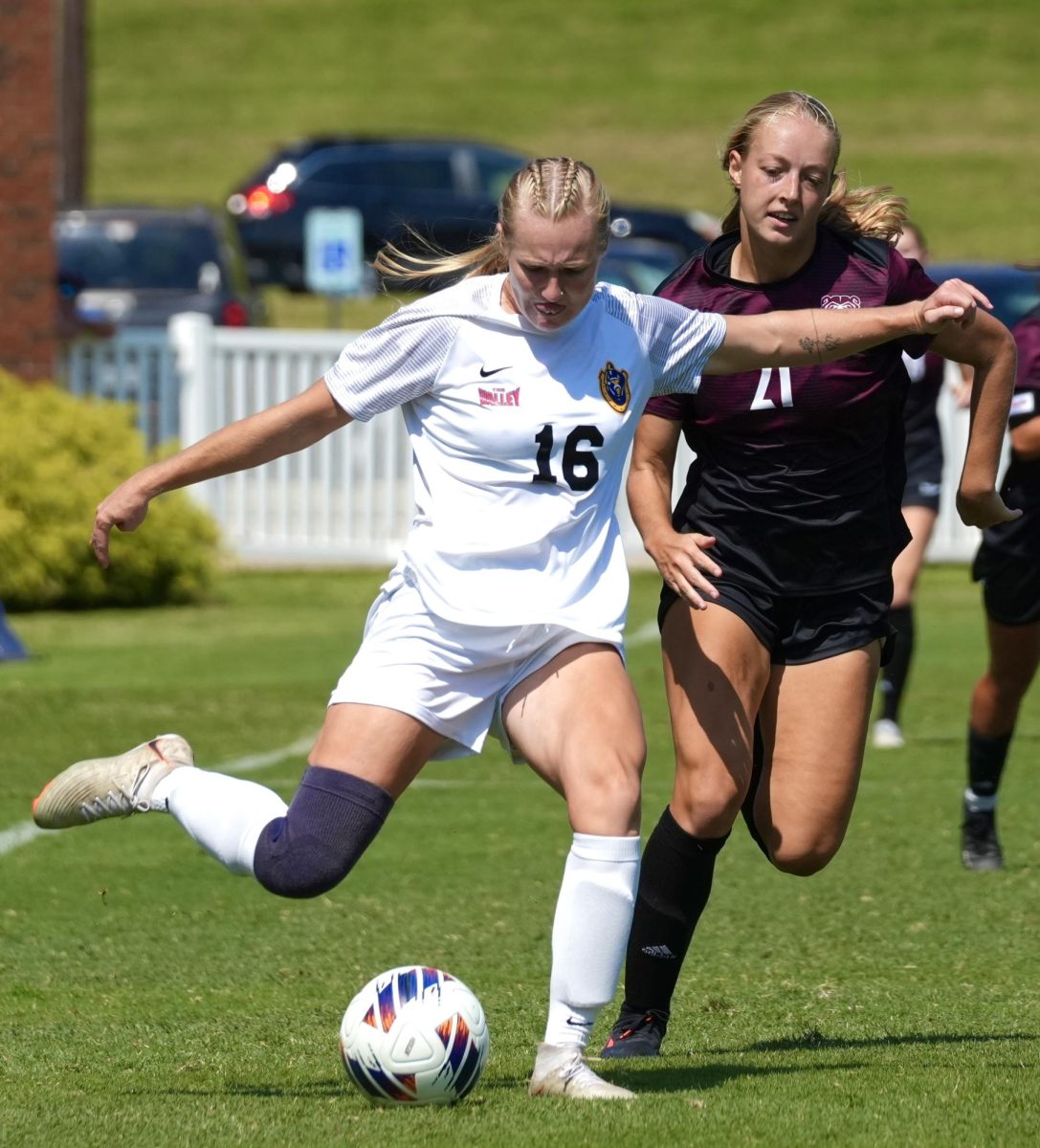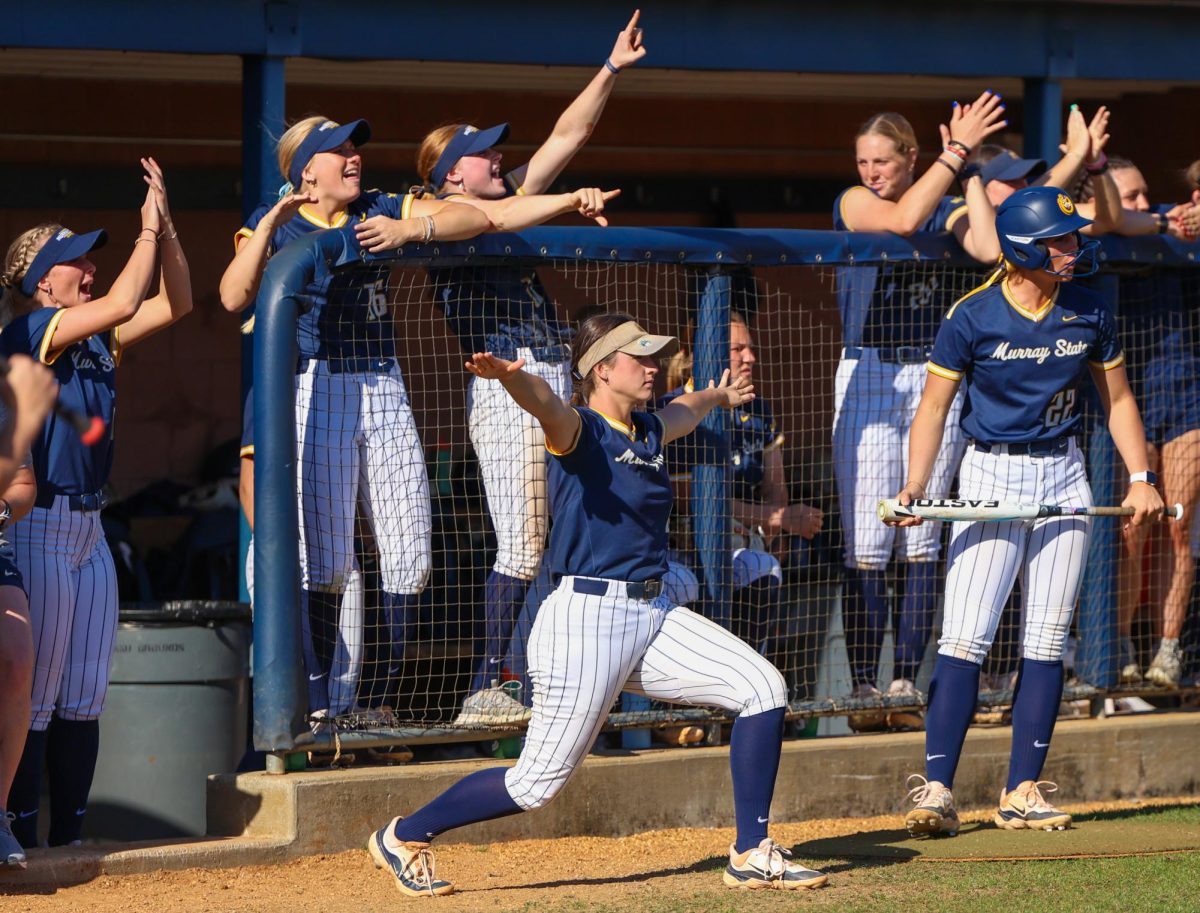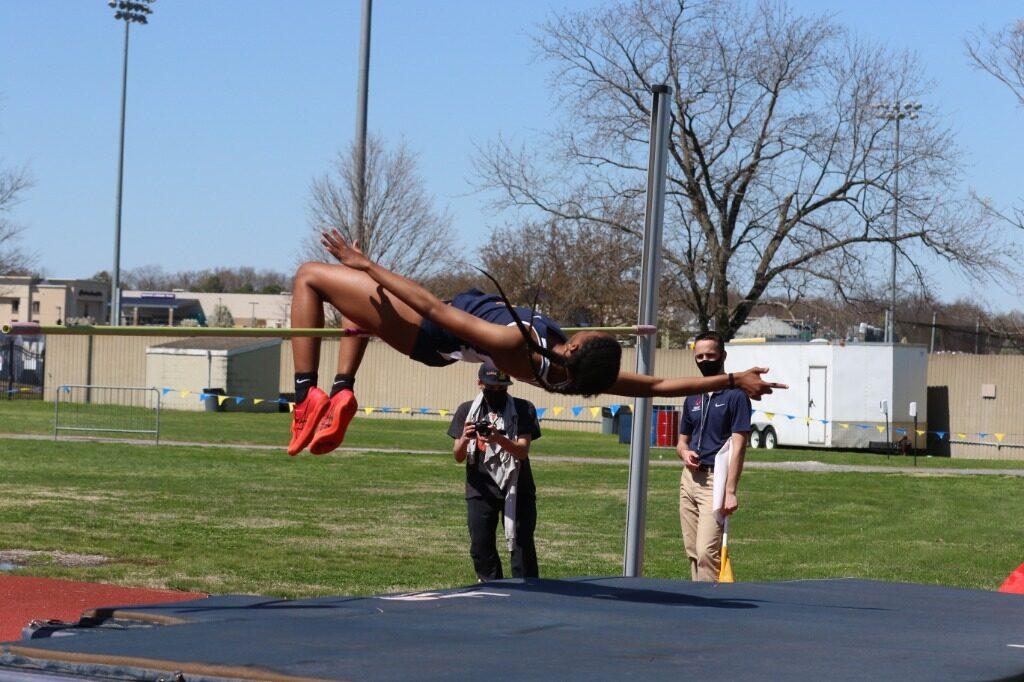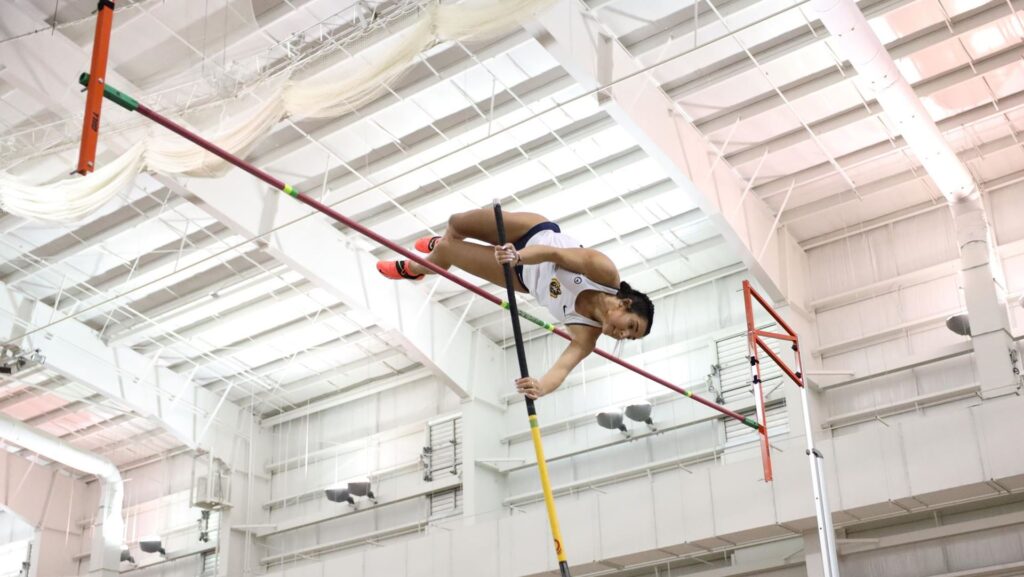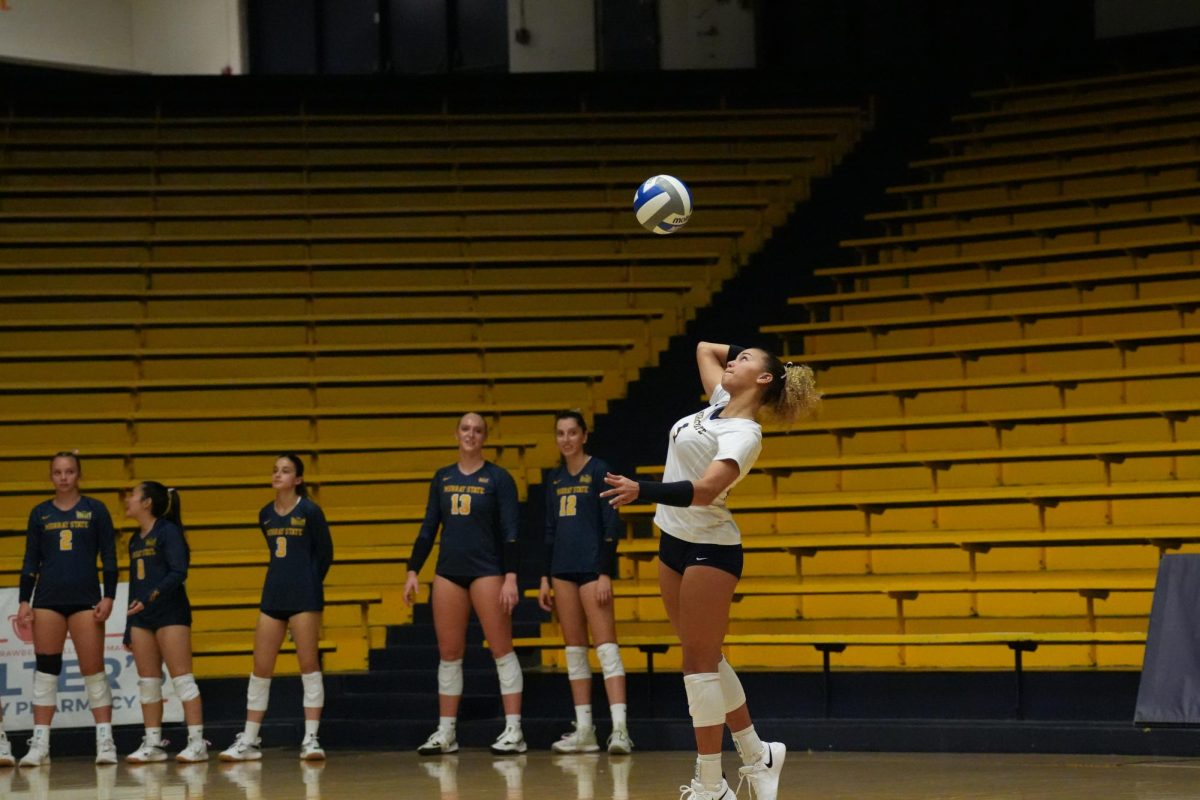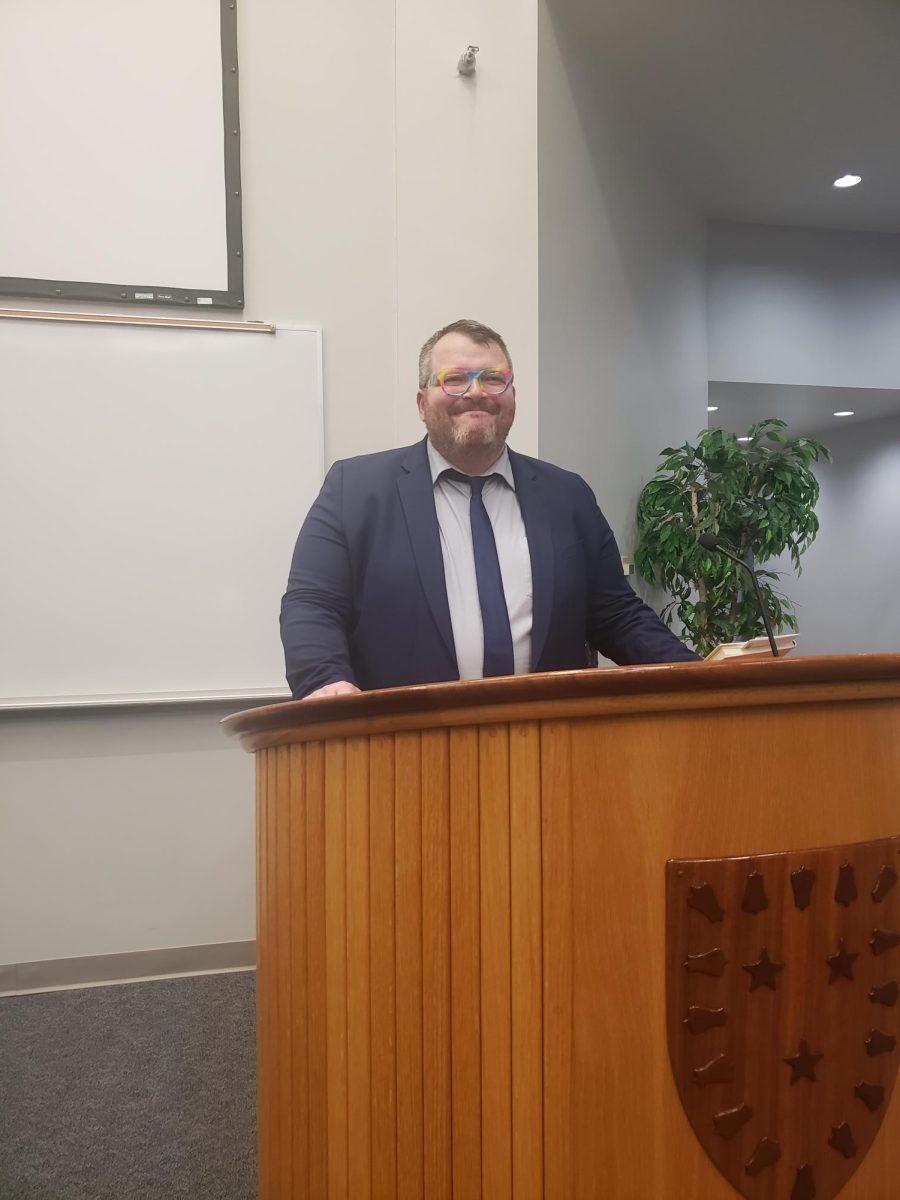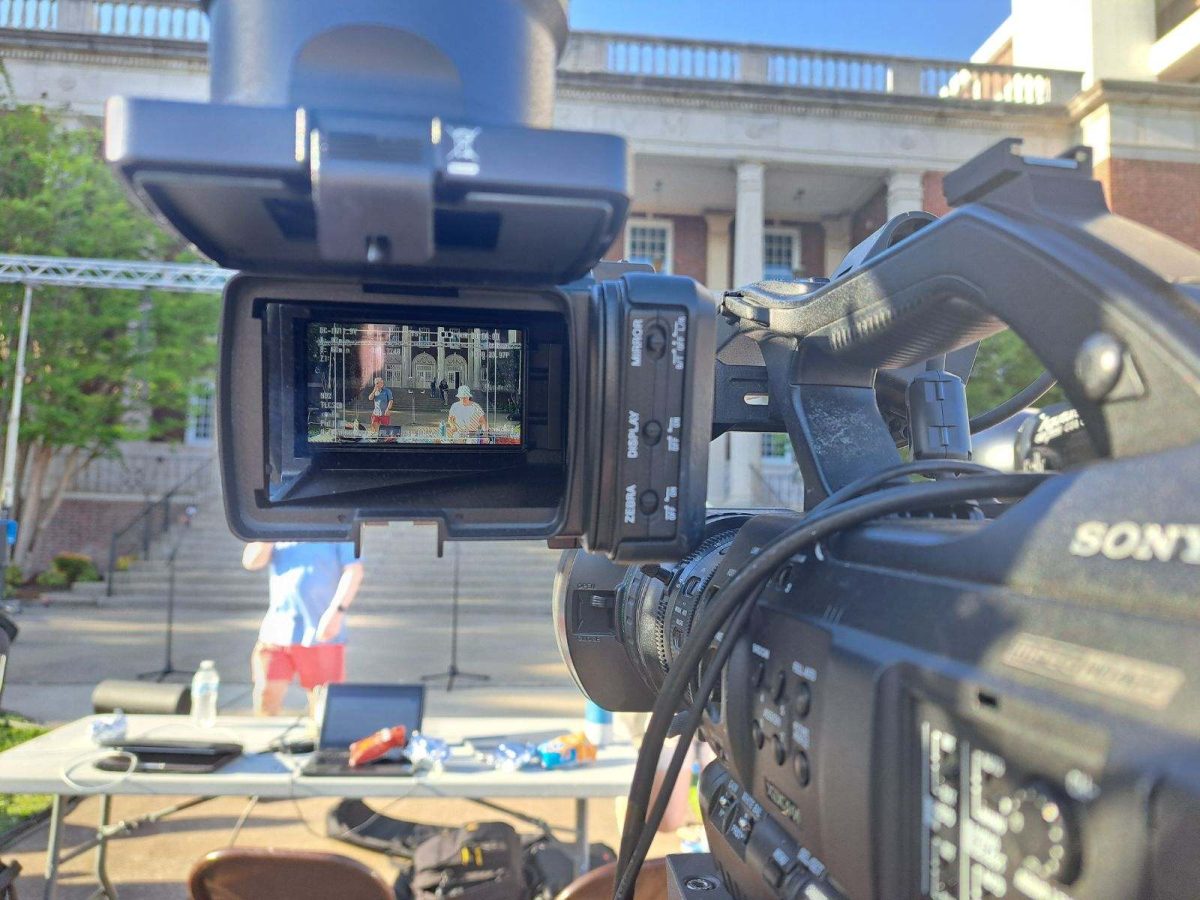Alexis Schindler
Contributing writer
[email protected]
A team of Murray State faculty is urging the University to make changes after conducting a survey about gender inequality among faculty members.
The MSU ADVANCE team invited all 519 full-time faculty members to participate in a survey conducted to assess the workplace climate at Murray State. Out of those invited, 72 percent participated.
The survey team consisted of professors, Maeve McCarthy, Paula Waddill, Robin Zhang, Echo Wu, Steve Cobb and Claire Fuller. The MSU ADVANCE project began in May 2016, and the survey was conducted in spring of 2017.
The team made seven recommendations based on the survey results to improve inequalities across the STEM fields.
Respectively, 58 and 57 percent of STEM and non-STEM women reported dissatisfaction with their work- and home-life balance, whereas less than half of the male respondents noted this as a problem. Therefore, the first recommendation the team suggested is that Murray State needs to improve the perception of work-life balance and make it known to faculty that balance is critical.
A much higher proportion of women (in STEM) than men reported child care, household responsibilities, and finding time to spend with partners/spouses as significant stressors. It was recommended Murray State offer child care to professors with families.
The survey also targeted mentoring and networking, as the survey concluded women are more likely to serve as a mentor to other faculty members than men. The team suggested institutionalizing the mentoring circles through the Faculty Development Center.
According to the survey results, 78 percent of Murray State women felt overloaded with all of their roles compared to 51 percent of Murray State men. This led to the fourth recommendation of assessing workload expectations, in particular, to examine those regarding teaching and service.
The ADVANCE team also asks that the University increase salaries to be comparable to other institutions in the state and establish a system for annual increases.
“Despite the budget pressures coming from Frankfort, this needs to be addressed soon before we lose more faculty,” McCarthy said.
Tenure, promotion and retention is not a new topic of discussion among faculty members, but the ADVANCE team is taking additional steps to see changes in these areas. It asks Murray State to introduce optional bias training with a view to improve recruitment activities, and tenure and promotion processes.
Meanwhile, many faculty members did not know they could extend their probationary periods, and 30 percent of participants believed they would be looked down upon or punished if they did so. Many more faculty were unaware that “stopping the tenure clock” was an option at all.
With that, the final recommendation the team made was to increase exposure to policies about extension of the probationary period.
“I hope the university will act on our recommendations so that the project would be a win for all,” Zhang said.
The Women’s Faculty Caucus has expressed a desire to work with the ADVANCE survey team on their recommendations.
”We hope to continue to work to remedy some of the problems expressed by faculty in this study and look forward to new opportunities to work with the members of the ADVANCE team, as well as administrators and others on campus,” Marjorie Hilton, women’s faculty caucus president, said.
A summarization of the results and a Q&A session will be held Friday, Nov. 9 in the Faculty Development Center Classroom in Oakley Applied Science Building.
See the survey results below.
Climate
- Less than 10 percent of women and men felt the climate for female faculty in their department was good. Only 10 percent of faculty said their department was serious about treating male and female faculty equally.
- 50 percent of STEM women and 38 percent of STEM men said Murray State has too few female faculty members.
Balance
- The majority of female faculty reported dissatisfaction with the balance between their work and personal lives.
- Around 58 percent of STEM and 57 percent of non-STEM women reported dissatisfaction with their work-life balance, while about one-third of male faculty reported the same dissatisfaction.
Mentoring and Networking
- While more men than women in STEM reported that they had advised or supervised an undergraduate student, 50 percent of women said they had served as a mentor to another faculty member compared to 23 percent of men.
- Female faculty reported having fewer regular intellectual discussions than men with faculty both in and outside of their departments.
Tenure and Promotion
- STEM women expressed less general satisfaction than STEM men with the tenure process in their departments.
- Around 47 percent of STEM women agreed that they understood the criteria for achieving promotion compared to 83 percent of men.
Retention
- The majority of faculty expect to spend the remainder of their career at Murray State, but those faculty who felt that they would likely leave the University within the next three years would do so primarily due to salary concerns, to enhance career options or to reduce stress.


